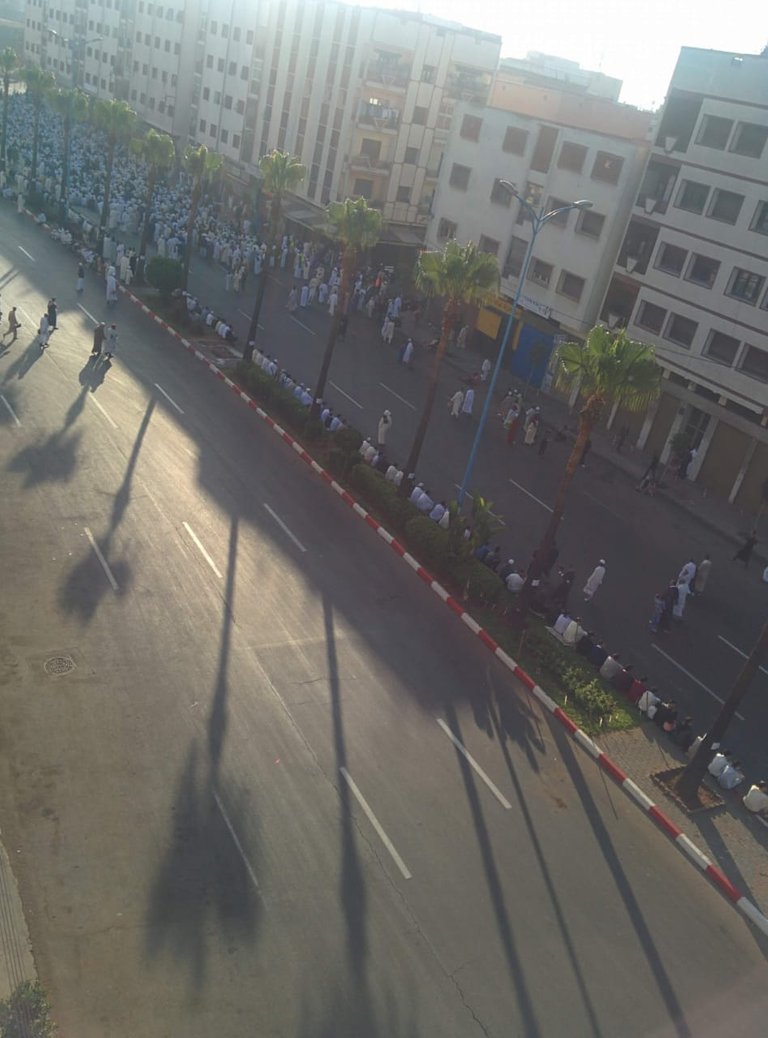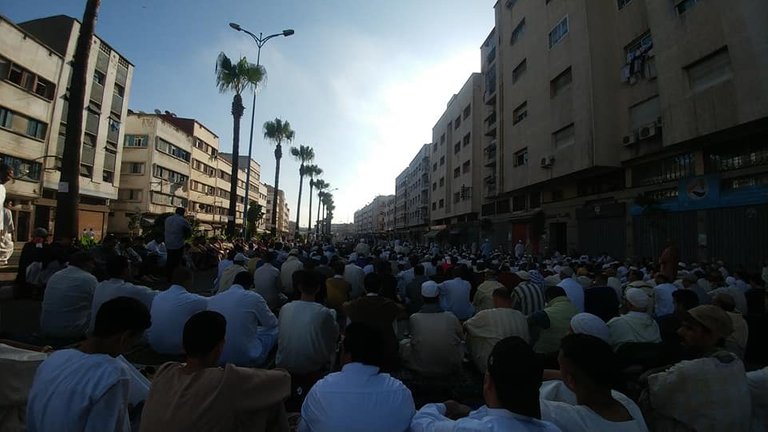Eid al-Fitr The first Muslim festival, which is celebrated by Muslims on the first day of the month of Shawwal and then Eid al-Adha in the month of Dhu al-Hijjah. Eid al-Fitr comes after the fast of the month of Ramadan, and it is the first day that the Muslims break it after fasting for a whole month, so it is called Eid al-Fitr. The first mushroom festival in which Muslims celebrated in Islam was in the second year of migration since the first Ramadan fasting Muslims was in the second year of migration. [1] It is haraam to fast on the first day of Eid al-Fitr.

Abu Dawud and al-Tirmidhi narrated in Sunan that the Prophet (peace and blessings of Allaah be upon him) presented the city and had two days to play in it. "The Messenger of Allah (peace and blessings of Allaah be upon him) said: The day of Eid al-Fitr is not really valid because it is only one day. [2] The day of Eid is a day of joy and pleasure, and the joys of the believers in their world and their past are thanks to their master, as God has said: "May God's mercy and mercy be given to you, so let them rejoice.


Eid al-Fitr is the last day before it is possible to pay zakaat al-fitr on Muslims. On the morning of the feast after the sunrise, the Muslims perform about one-third of the Eid prayer, meet the Muslims on Eid, exchange greetings and visit their families and relatives. The Muslim also visits his friends, receives his friends and neighbors, and takes care of the poor. Traditionally, in many Muslim countries, Muslims eat some dates or good feast cakes stuffed with dates or stuffed with melons and covered with sugar, giraffes, betty foure, mojawadah, ammonia biscuits and perhaps minnows.